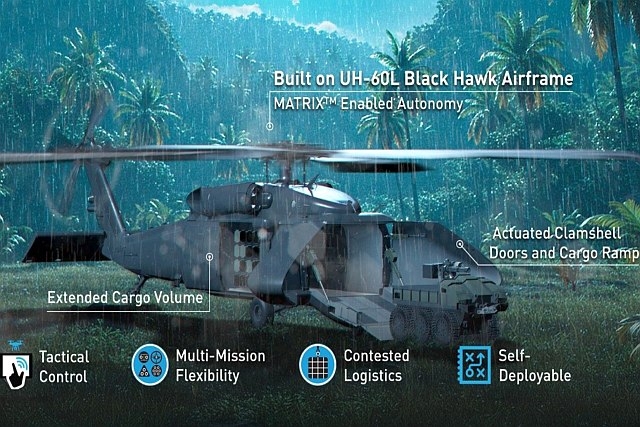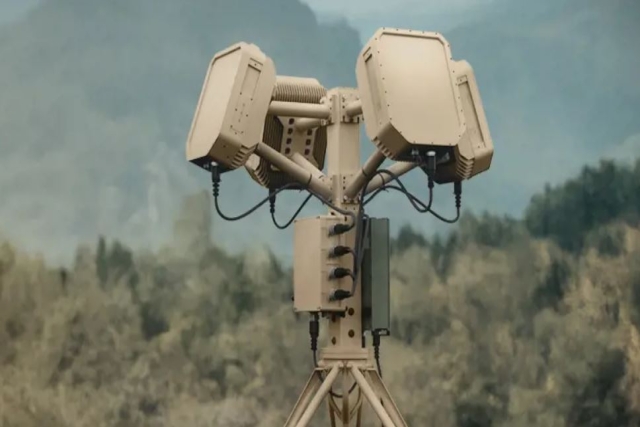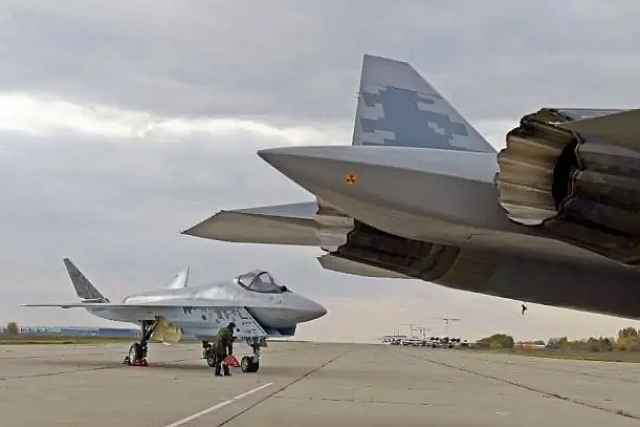Indian Navy Commissions Anti-Submarine Warfare Corvette
INS Kadmatt, second ship of Project 28 (P28) class Anti-Submarine Warfare (ASW) Corvettes was commissioned into the Indian Navy at the Naval Dockyard, Visakhapatnam today.
The event marks the formal induction into the Navy of the second of the four ASW Corvettes, indigenously designed by the Indian Navy’s in-house organisation, Directorate of Naval Design and constructed by Garden Reach Shipbuilders and Engineers Limited, Kolkata.
Addressing the gathering Admiral RK Dhowan, Chief of the Naval Staff said that “Commissioning of INS Kadmatt marks yet another milestone in our journey towards self-reliance and Make-in-India”.
The INS Kadmatt is one of the most potent warships to have been constructed in India, an Indian MoD release said. The ships of P28 class have been constructed using high grade steel (DMR 249A) produced in India.
With a displacement of 3300 tonnes, the sleek and magnificent ship spans 109 meters in length and 13.7 meters at the beam and is propelled by four diesel engines to achieve speeds in excess of 25 knots with an endurance of 3450 Nm. Some of the advanced stealth features have been incorporated in this ship.
INS Kadmatt has a multitude of networks such as Total Atmospheric Control System (TACS), Integrated Platform Management System (IPMS), Integrated Bridge System (IBS), Battle Damage Control System (BDCS) and Personnel Locator System (PLS) to provide a contemporary and process oriented System of Systems for optimal functioning of the warship.
INS Kadmatt has many firsts to its credit which include the rail-less helo traversing system and foldable hangar door for the integral ASW helicopter. Some of the major equipment and systems developed indigenously include Combat Management System, Rocket Launcher, Torpedo Tube Launchers and Infra-Red Signature Suppression System.
With the changing power dynamics in the Indian Ocean Region, INS Kadmatt will augment the mobility, reach and flexibility of Indian Navy.









